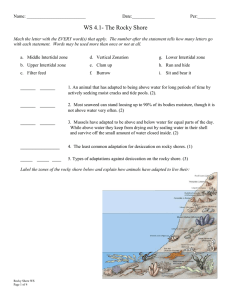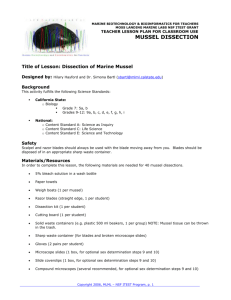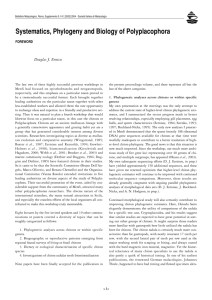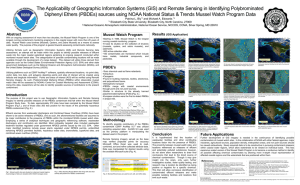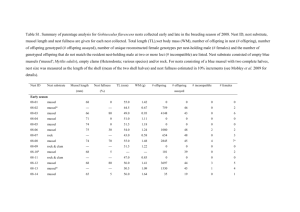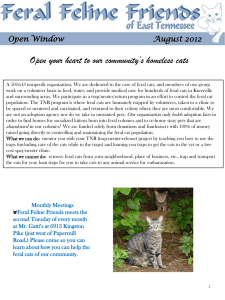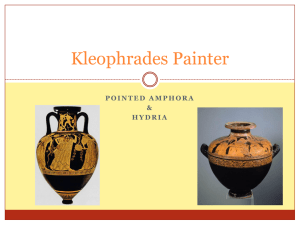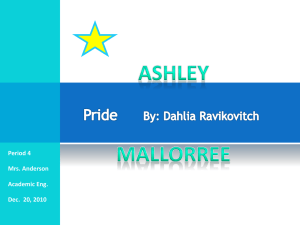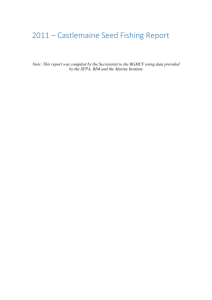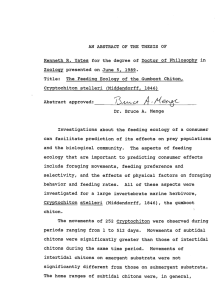So this is were it all began
advertisement
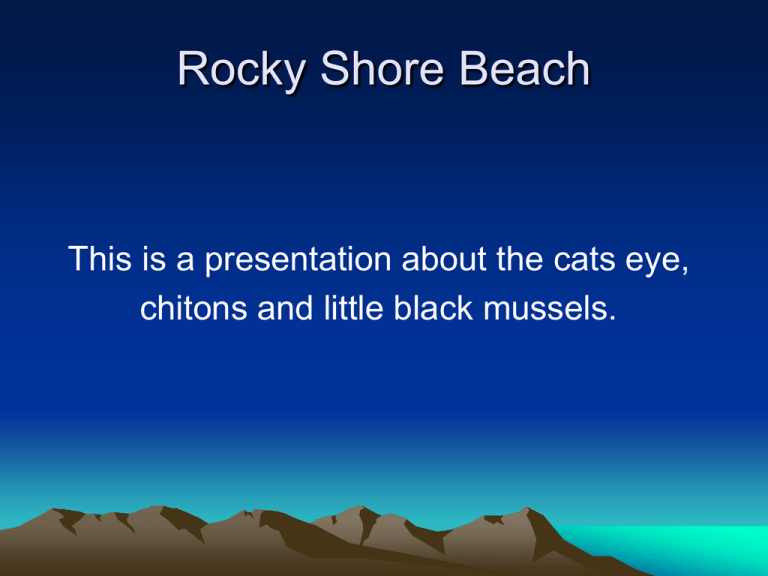
Rocky Shore Beach This is a presentation about the cats eye, chitons and little black mussels. Cat Eyes Facts Scientific name: Is Lunella Smaragdus Size: is up to 25mm Where dose it live? A cats eye lives in low tide. What does it look like? A cats eye lives in a hard shell like a crab The information about Cats Eye. Groups of dark top shells live both on and under rock boulders at high tide and in rock pools. Cats eyes are little snails inside a crab shell The challenges for a cats eye are that people take them from their habitat and eat them. Chitons Facts The scientific name: Syphorochitons Pelliserpentis Size: Are up to 40mm Where does it live?: The chitons are found in intertidal zone of the rocky shore What does it look like: It has a rim that looks like it has bricks around it. The information about chitons The chitons valves are strongly sculptured and a dull olive-green colour marked with black at the sides and on the top. The chitons like the rocks that are flat so if you look for them look on the flat rocks. The challenges for the chitons are that people are taking them from their habitat. Little Black Mussel Facts Scientific name: Mytilus Edulis Size: 20mm Where does it live: The black mussel lives in high tide and intertidal zone The challenges for the mussel are: People taking them from their habitat and eating them. The information about the mussel A little shiny black mussel that lives in sand beds on the upper rocky shore platform. Teardrop shaped they crowd together attached to the rocks and often each other by strong threads called a byssus.



